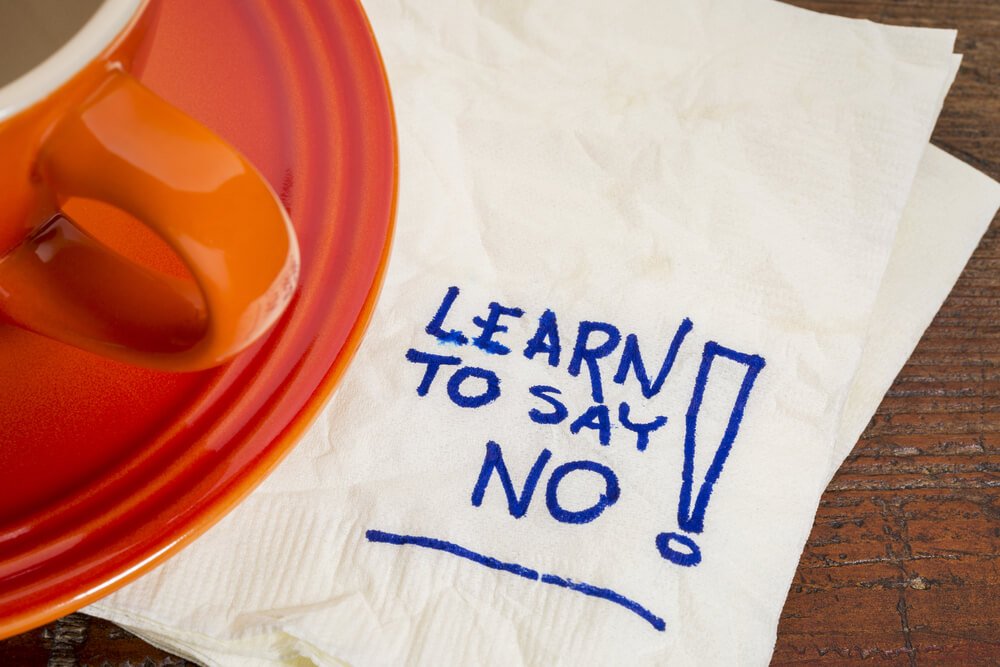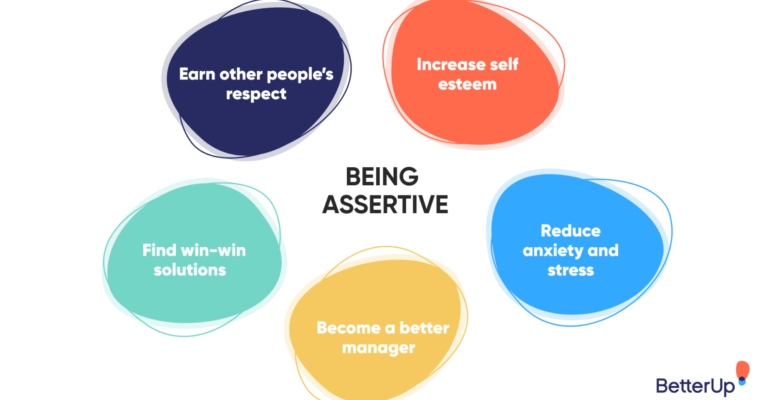Effective Assertive Communication: How To Speak Up With Confidence And Clarity
Knowing how to express yourself effectively is crucial in any situation, whether it be professional or personal. In this article, we’ll explain what assertive communication is, discuss the benefits of being assertive, and provide useful tips on how to communicate with confidence and clarity.
What is Assertive Communication?
Speaking up for yourself in a clear and confident way is called assertive communication. It’s a skill that you can learn, and it’s an important tool if you want to be successful in any area of life.

Assertive communication is the ability to express yourself in a way that is clear, direct, and confident. It’s about being able to say what you want, when you want it, without apology or explanation.
Some people mistakenly believe that assertiveness is the same thing as aggressiveness, but they are actually two very different things. Assertiveness is about being clear and confident in your communication, while aggressiveness is about trying to force your will on others.
One of the key benefits of assertive communication is that it allows you to get your needs met in a way that is respectful of both yourself and others. When you communicate assertively, you are more likely to achieve the outcome you desire, while also maintaining good relationships with those around you.
If you find yourself struggling with assertive communication, there are many resources available to help you learn this valuable skill. Books, articles, and even some websites offer helpful tips on how to become more assertive in your everyday life.
Tips for Effective Assertive Communication
There are a few key things to keep in mind when it comes to assertive communication that will help you to speak up with confidence and clarity.
- First, it is important to be clear about what you want or need. This means being specific and not beating around the bush.
- Secondly, it is important to be confident in your delivery. This means speaking in a firm, clear voice and making eye contact.
- Lastly, it is important to be respectful when communicating assertively. This means listening to the other person and taking their needs into consideration as well. If you can remember these three things, you will be well on your way to effective assertive communication!

The Art of Saying “No” assertively
The ability to say “no” assertively is a skill that is absolutely essential for maintaining healthy boundaries in all relationships. It can be difficult to do, especially if you’re someone who tends to be a people-pleaser, but it’s so important to learn how to do it in a way that is respectful and clear.
Here are some tips for how to say “no” assertively:
- Be direct and concise. Get to the point and don’t beat around the bush. It can be helpful to practiced what you’re going to say ahead of time so that you know exactly what you want to communicate.
- Use “I” statements. For example, instead of saying “You’re being really unreasonable,” try “I feel like I’m not being heard.” This helps to take the focus off of the other person and keeps the conversation about your own needs.
- Be firm but polite. You don’t need to be abrupt or rude, but it’s important to come across as confident in your decision. Remember that you have a right to say “no” just like anyone else does!
- Offer an explanation if you feel comfortable doing so. If you’re worried about coming across as too harsh, you can explain your reasoning behind your decision. For example, “I’m sorry, but I’m really not comfortable doing that.” This can help the other person understand where you’re coming from and hopefully respect your.

Using Body Language and Tone Effectively
When communicating assertively, it is important to be aware of your nonverbal communication. This includes your body language and tone of voice. Your body language should convey confidence, while your tone should be clear and direct.
eye contact is important when speaking assertively. It shows the person you are speaking to that you are confident and engaged in the conversation.
maintain an open posture by uncrossing your arms and legs. This will make you appear approachable and receptive to what the other person has to say.
speak clearly and at a moderate pace. This will help ensure that your message is not lost or misinterpreted.

How to Prepare for Difficult or Sensitive Conversation
- When preparing for a difficult or sensitive conversation, it is important to first identify the goal or desired outcome of the conversation. What do you hope to achieve by having this discussion? Once you have a clear idea of your goal, you can begin to prepare your thoughts and talking points.
- It is also important to be aware of your own emotions and triggers, as well as those of the person you will be speaking with. If you know that certain topics are likely to send either of you into an emotional tailspin, it may be best to avoid them altogether or at least approach them cautiously.
- It can be helpful to write out what you want to say in advance, either in your head or on paper. This can help you organize your thoughts and ensure that you don’t forget anything important once the conversation gets underway.
- Finally, try to choose a neutral location for the conversation and allow plenty of time for it to unfold naturally. Rushing through a difficult discussion is unlikely to lead to a productive outcome.

Alternatives to Assertive Communication
There are many alternatives to assertive communication, and it is important to find the approach that best suits your needs. Some alternatives to assertive communication include:
- Passive communication: This involves communication that does not express your needs or wants directly. It is often used in situations where you feel uncomfortable or upset, and it can be helpful in diffusing a situation. However, passive communication can also lead to misunderstandings and resentment.
- Aggressive communication: This involves communicating in a way that is forceful and often angry. It is usually used when someone feels threatened or threatened, and it can be effective in getting what you want. However, aggressive communication can also lead to conflict and hurt feelings.
- Assertive communication: This involves communicating in a clear, direct, and honest way. It is usually used when there is a problem to be solved or an issue to be addressed. Assertive communication can help you get what you want while still respecting the needs of others.
Conclusion
Assertive communication is a powerful tool for expressing your needs, wants and feelings without being aggressive. It allows you to be assertive in how you carry yourself and the way that you speak up for what matters most. By practicing techniques like active listening, using positive language, speaking with confidence and clarity, setting boundaries as needed and maintaining healthy relationships through assertiveness can help ensure effective communication between you and others. When used responsibly, assertiveness can lead to more meaningful conversations and less misunderstandings.

